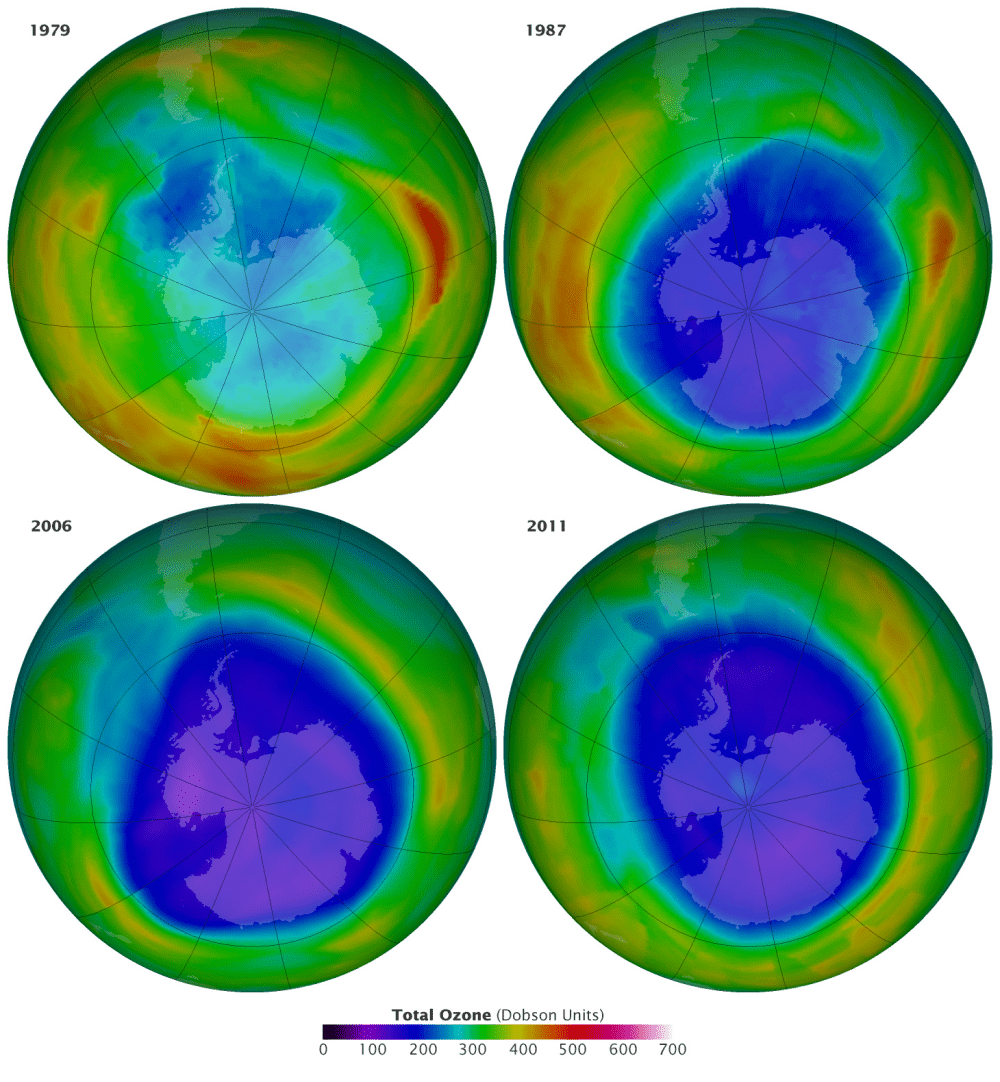Humans’ curiosity has seen the space industry explode in the 21st century, as thirst for adventure, discovery, and internet memes has grown. Rocket launches are now ferrying satellites into orbit, sending rovers to Mars, and even giving William Shatner a harrowing account of the overview effect. Great things have been achieved off of humans’ forays into space, but all the while that we’re blasting off from planet Earth, we’ve not massively improved our understanding of what effect all that fire and fuel has on our planet.
Well, except for that time we saw a frog blasted off to another dimension.
Now, new research has done just that, highlighting the need for proper management of the upper atmosphere environment if we’re to avoid accidentally breaking open the ozone layer in our pursuit of discovery.
“Gases and particulates are emitted by rockets directly into the middle and upper atmosphere, where the protective ozone layer resides,” write the authors on a new paper. “These emissions have been shown to damage ozone,” something that we’re mere decades away from fixing after it was torn apart by the boom in aerosols back in the late 70s.
The Montreal Protocol was adopted in 1987 to reverse the hole burned into the ozone layer by humans’ emissions, but just as full recovery is in our sights, scientists are warning that overlooking the impact an uptick in rocket launches could have on the upper atmosphere could see us slip back.
Rocket launches require fuel for propulsion, and while the exact recipe used varies depending on the rocket, the common culprits are all capable of putting gases and particulates in the stratosphere. It’s a unique form of anthropogenic pollution as it’s able to infiltrate multiple layers of the atmosphere, with estimates putting around two-thirds of a launch’s emissions at heights above 15 kilometers (9 miles) from Earth’s surface, which is effectively the start of the ozone layer.
At such great heights, even small amounts of exhaust byproduct can have damaging effects as they see an increased lifespan here, explain the authors. And the pollution isn’t a one way street, either, as even re-entry sees “potentially significant amounts of nitrogen oxide gases” leaked into the atmosphere.
“The gases and particulates emitted by rockets as they punch through the stratosphere contribute to climate change and ozone depletion,” explain the study authors. “Greenhouse gas emissions from present-day rocket launches are insignificant compared to emissions from all other human activities, but could grow to equal the size of the aviation industry in coming decades.”
To avoid reaching this point, the researchers urge that discussion around best practices for the industry not be squashed by the deep emotional investment many feel around space exploration. Rockets are a perfect example of a “charismatic technology”, say the researchers, where the promise of what it might achieve can see our imaginations run away with themselves as we ignore the realities of its downsides.
If we’re going to be dipping in and out of the atmosphere with increasing frequency in years to come, they are suggesting that the near-Earth environment be subject to regulation in the same way that the surface of the planet is.
“Externalisation of costs in environmental damage is a common pattern of global industrialisation,” write the authors. “Fortunately, there are many practical approaches from other areas of environmental impact to ensure potential ozone destruction can be avoided in launch development.”
If the space industry is to continue to grow and function in the long-term, moving forward in tandem with environmental regulation and atmospheric research could create a clearer picture of the impact of launches on stratospheric ozone. If future launches are conducted with “careful experiment and constant monitoring”, we can better understand their overall climate effect and innovate solutions that enable us to explore other planets without destroying our own.
Find an extensive list of proposed changes in the study, published in the Journal Of The Royal Society Of New Zealand.
Source Link: Increased Rocket Launches Could Undo The Ozone Layer's Recovery
